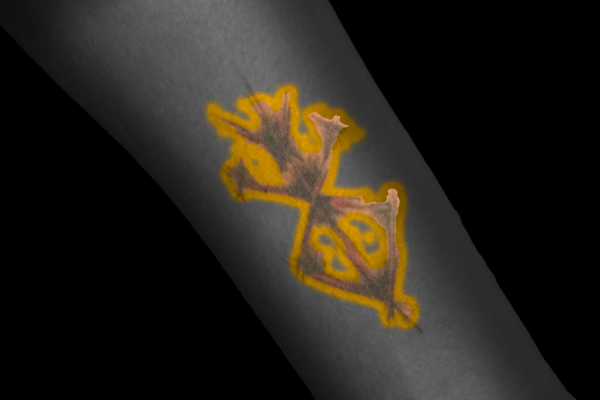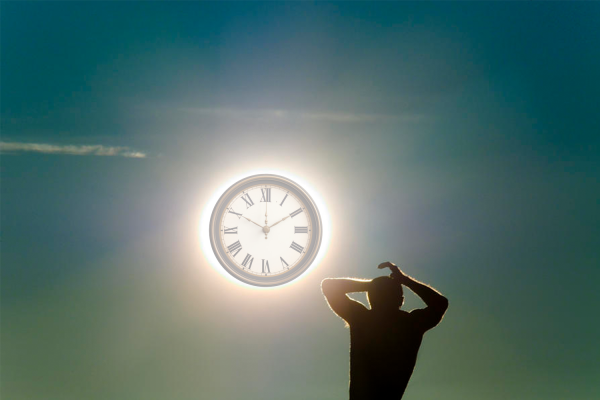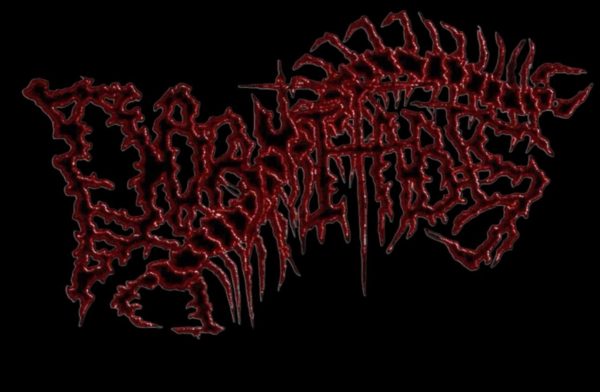The Haunting History of Halloween
Halloween traces its roots all the way back to the Celtic festival of Samhain, which takes place each year on November first. To the Celtic people, it marked the end of summer and beginning of winter. They believed the night before November began, Samhain spirits of the dead returned to Earth and those who had died within the last year made their way to the realm of the dead. This was celebrated by burning bonfires and wearing costumes to protect themselves from spirits.
In 43 C.E. when the Roman Empire conquered Britain, two Roman festivals were combined with Samhain: Feralia, commemorating the passing of those who had died, and Pomana, a day to honor the Roman goddess of fruit trees and orchards. On May 13, 609 C.E., Pope Boniface dedicated the Pantheon to honor all Christian martyrs, and the holiday All Saints Day was established on May 13. However, when Pope Gregory moved it to November first, October 31 became the eve of All Souls Day.
Modern day Halloween, as we know it, was brought over to the United States when a large number of Europeans immigrated. This eventually evolved into traditions like carving pumpkins and trick-or-treating.
Your donation will support the student journalists of McNeil High School. Your contribution will allow us to purchase equipment and cover our annual website hosting costs.










